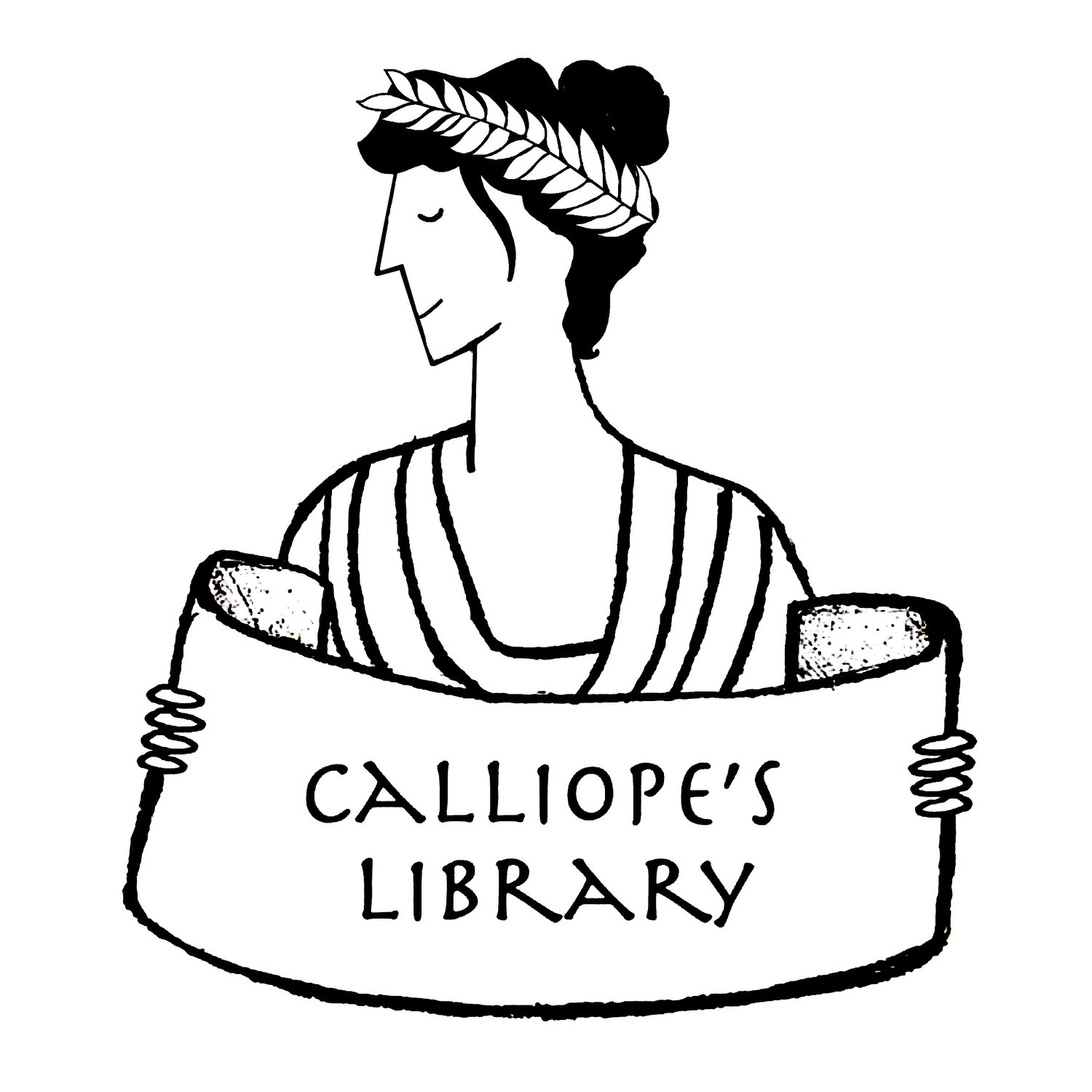Title: The Odyssey: A Monster Primer
Author: Jennifer Adams
Illustrator: Alison Oliver
Date: 2015
Tags: Preschool, Board book, Ancient worlds, Racially/Ethnically diverse characters, Odysseus, The Odyssey, Read Aloud
Readers interested in a scholarly approach to children’s literature may consult this title on Our Mythical Childhood Survey*
The Odyssey: A Monster Primer is part of the BabyLit board book series. It was written by Jennifer Adams and illustrated by Alison Oliver. Each page is dedicated to one of the people or monsters that Odysseus meets on his journey home. Instead of the usual narrative, each monster, witch, or goddess gets to describe their part of the story in their own words. Odysseus himself never appears. Most of the monsters address Odysseus directly as “you,” recasting the child-reader as Odysseus. They ask questions, tell stories, and give orders, so that the story becomes interactive, with the child as the hero/protagonist. The read-aloud experience encourages the reader and the child to reenact Odysseus’ voyage, especially at the end, when Scylla and Charybdis just say “Yelp! Yelp! Yelp!” and “Slurrrrrrrrrrp!” The drawings are colorful and undulating, more like Muppets than monsters, and visually engaging. Adult readers will enjoy the visual jokes, and they will get to play the soothsayer Telemus/Tiresias at the end! It’s a fun and memorable way to introduce very young children to the Odyssey. – Krishni Burns
I read The Odyssey: A Monster Primer. Odysseus had an adventure and he met lots of different kinds of monsters. My favorite monster is the Cyclops! Because he has one eye, and he is saying “I'll eat all your friends and then I’ll eat you.” – Cora (age 7)
* For further information on the Our Mythical Childhood Survey, please refer to the website of the project “Our Mythical Childhood” [link: http://omc.obta.al.uw.edu.pl/], led by Prof. Katarzyna Marciniak at the Faculty of “Artes Liberales,” University of Warsaw, Poland, with the participation of Bar Ilan University, University of New England, University of Roehampton, University of Yaoundé 1, and other affiliated scholars, within the funding from the European Research Council (ERC) under the European Union’s Horizon 2020 Research and Innovation Programme (grant agreement No 681202).



